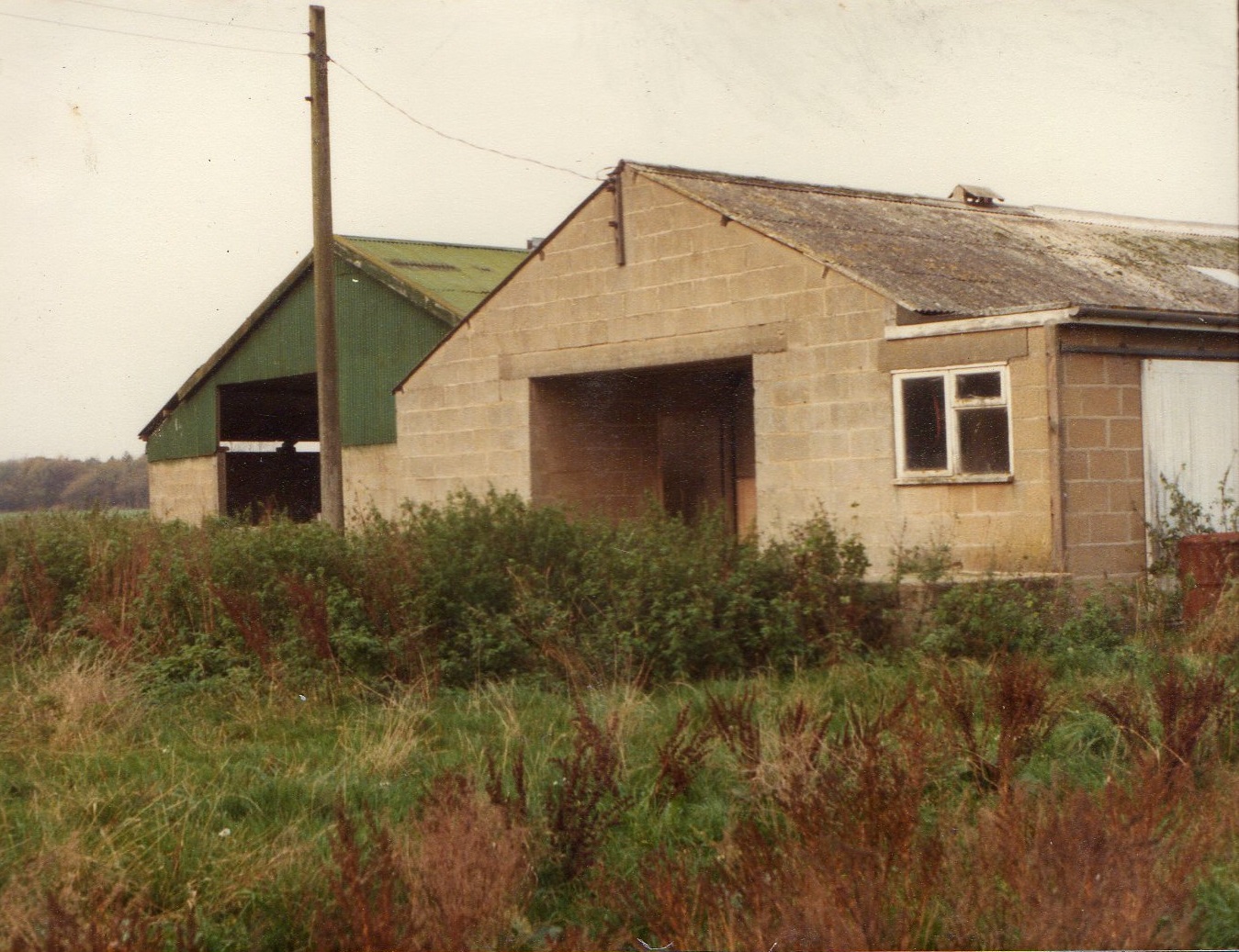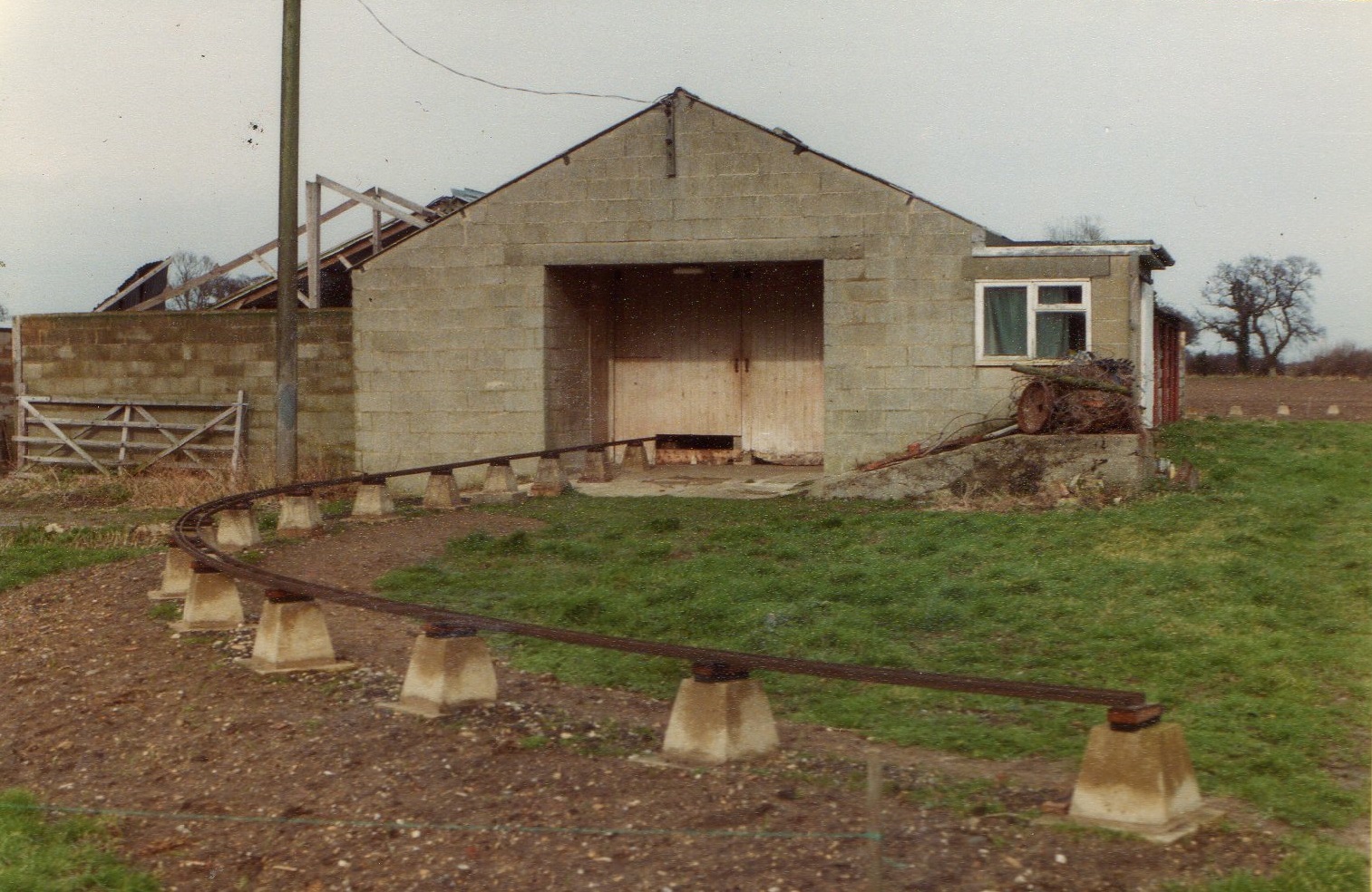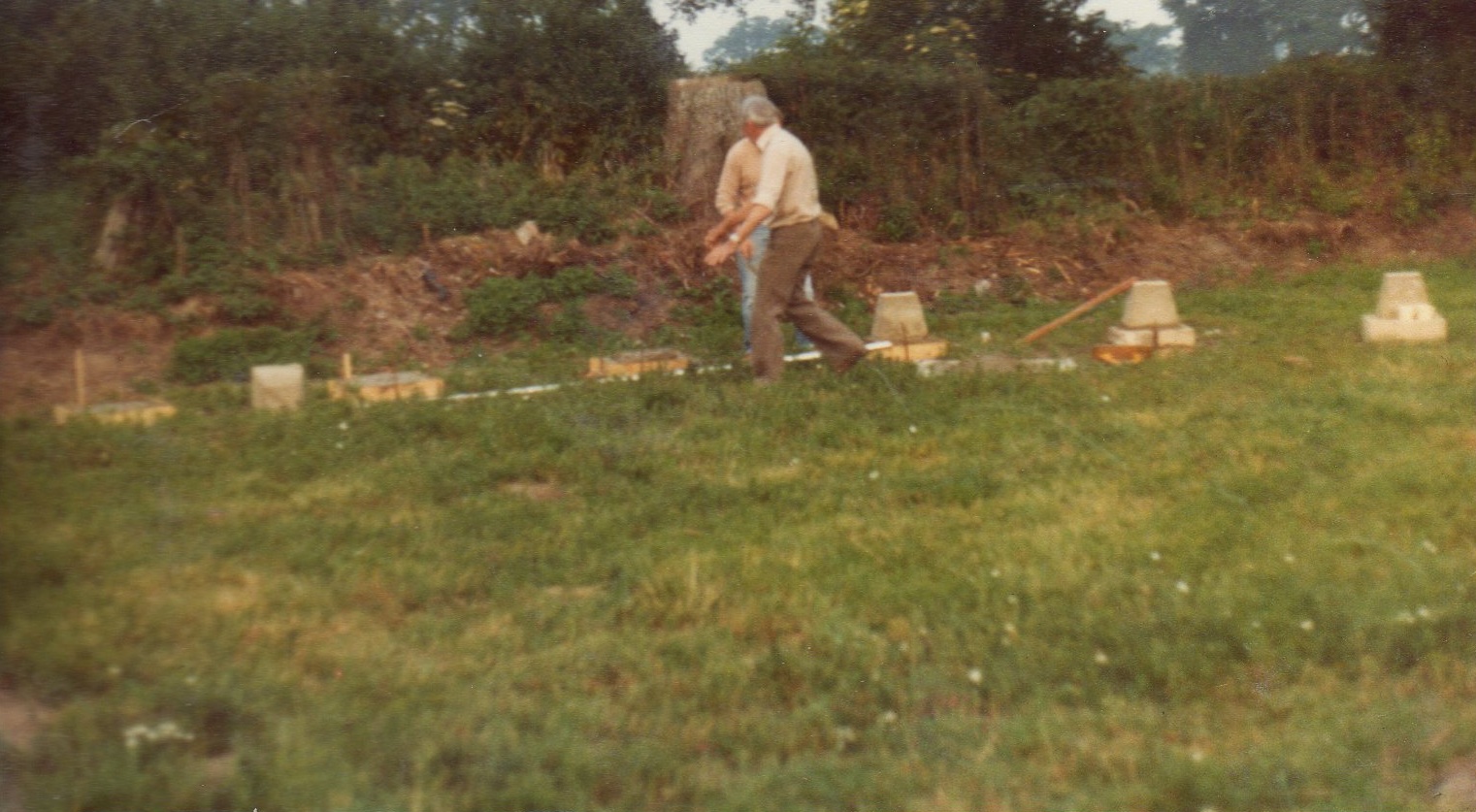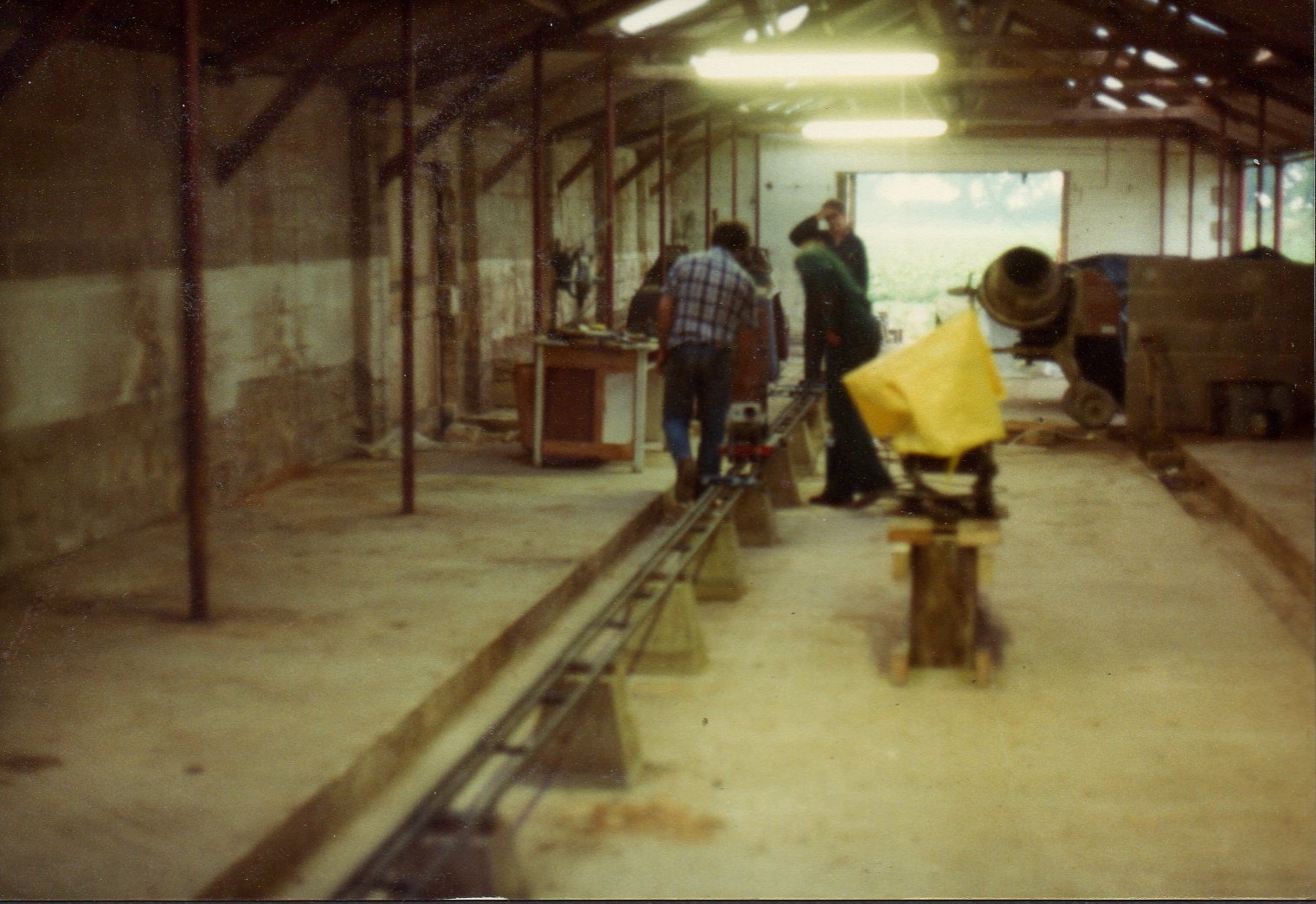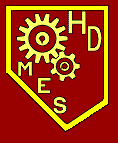HALESWORTH & DISTRICT
MODEL ENGINEERING
SOCIETY LTD
Affiliated to the Southern Federation of Model Engineering Societies
Society History
The Howard and Halesworth Model Engineering Society, as it was then known, was formed on the 4th July 1977 when a number of model engineers who were employees of the Howard Rotavator Company, together with a number of other like minded people got together. There were 10 members including three ladies one of whom is world famous for her models of the highest standard.
Early meetings were held in an office at the Howards works, transferring to the Social Club in Halesworth and then to St Margarets Church Hall.
The Society was renamed Halesworth and District Model Engineering Society in 1980 when new members from around the region outnumbered the original Howard workers.
It was 1982 when the Society had its first permanent site due to the generosity of a local landowner who gave the Society use of a redundant farm building and plot of land rent free. The members quickly set about building a raised 5 and 3½ inch gauge railway.
A few years later the Society was given the opportunity to purchase the building together with a larger plot of land and after much fund raising and personal contributions, purchase was completed in 1991. With an ever increasing membership it was decided to become a Company Limited by Guarantee to set the Society on a more formal basis.
A ground level railway was commenced in 1993 in 5 and 7¼ inch gauges and this further broadened the attraction of the Society to new members. Taking the membership up to 80.
The Society was given the opportunity to purchase an additional plot of land on very generous terms in 2005. This was funded by the family of a former Chairman, in his memory.
Increasing numbers of traction engine enthusiasts justified the laying of a dedicated roadway for miniature steam road vehicles during 2006, during which year membership rose to over 100.
HDMES Ground Level Track Construction
Although members had various modelling interests miniature locomotives outnumbered any other type of model and a raised track in 3 ½ and 5 inch gauge was constructed soon after the club took up residence at the site. It soon became apparent that there was a growing enthusiasm for 7¼ inch gauge locos and the decision to lay a ground level track in 5 and 7¼ inch gauge was made shortly after the site was purchased.
The route of the track was marked out, excavated and lined with Geotex matting. Crushed concrete was then used as the sub base, well compacted with a Wacker plate. Available funds dictated that the rail would be hot rolled bar 30 mm x12 mm for the outer rails and 10 mm thick for the single 5 inch rail, the bar being pressed into routed slots in wooden softwood sleepers and finally ballasted. Points were built up from the same section bar and operated by hand with weighted levers.
This system worked well for a while but then problems developed with the rail having a tendency to lift up in the slots. Ongoing maintenance consisted of squeezing the rail back into the slots with G clamps and then finding that ballast had entered the slot and had to be poked out first. Maintenance crews put up with this for some time but it was apparent that a new approach was needed as more time was being spent on maintenance than running locos.
Version two consisted of a cross tie welded to the bottom of all three rails the tie being then attached to the sleeper with coach screws. The sleeper pitch was increased to 12 inches the appearance of which suited the narrow gauge locos rather than standard gauge. However, the trial section proved to be durable so the main running line was re-laid to the new standard.
Signalling had been controlled by track circuiting and had always been a problem because rust on the rails prevented a good electrical circuit. When the rails were shiny after a days running the signals worked correctly. Of course welding steel ties across all rails has put an end to that method of circuit control and new scheme is (almost) on the drawing board.
The new standard of track laying has proved to be highly successful. In essence each 20 foot section of track is a single entity, the radius being locked in by the welded ties. Maintenance consists of routine ballasting as necessary and lubrication of the fishplates and points. Softwood sleepers are being replaced with recycled plastic and this has further reduced maintenance giving us more time for other projects.
